As some of you might know, Bryony and I are working on a rather complicated book with the nice folks at Rockport titled, at the moment, Graphic Design, Referenced. We have tried to come up with an elevator pitch for it: It’s a 400-page book that contains the essential knowledge about graphic design that any graphic designer should know if stranded in a bar or dinner party full of graphic designers. From terms, to historic moments, to important work, to the most influential designers, this book is a cross somewhere between an encyclopedia, a Zagat survey, and Cliff’s Notes with more images than you can shake a stick at. Our latest outline includes over 400 entries and we are constantly revising it as we remember things that must be included or are sparked to include others based on something we’ve already included. The biggest peril of this project — aside from getting it done — is forgetting to include a particular person, project or topic, only to suffer the consequences once the book is published and designers start pointing out the obvious omissions. So, we would like to kindly ask for your help from time to time in helping shape some of the categories. We like to think that we are not asking you to do our job for us, but instead, building a collection of work referenced by as many designers as possible. And, for blogging posterity, these posts might be pretty amazing reference posts. Ready for the first one?
One of the chapters in the book is called “Practice”, where we will include landmark — yes, that kind of landmark — work in a variety of categories, from consumer product packaging, to identity, to typefaces, and to, the current matter for discussion, posters. Below is a very small sample of what we have so far, just to illustrate what we are looking for. Some of the inclusions are obvious and, to some, they might feel trite, but it’s still surprising when you reference a poster by Lester Beall or Saul Bass to design students AND professionals only to receive blank stares. What may be evident to some, is still a matter of discovery to others. All the posters (and all the work in this section) will be accompanied by one-paragraph descriptions so it’s not just a collection of pretty pictures. With all this said, we would like to invite you to lobby for what you think is the best and most relevant poster work done in the history of graphic design.
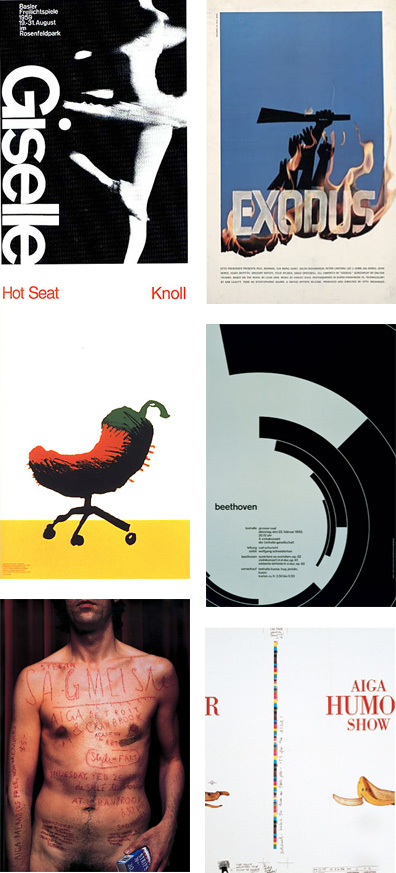






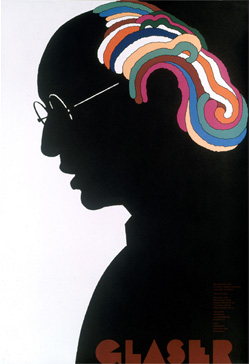
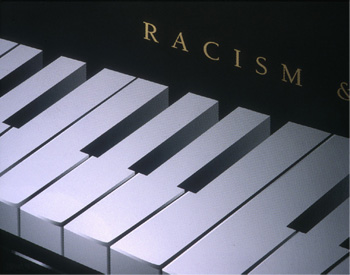
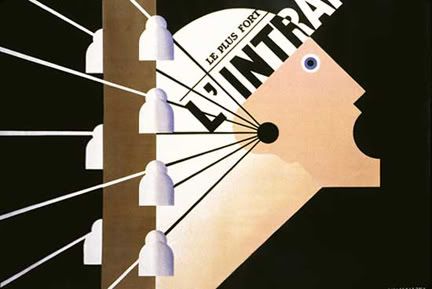

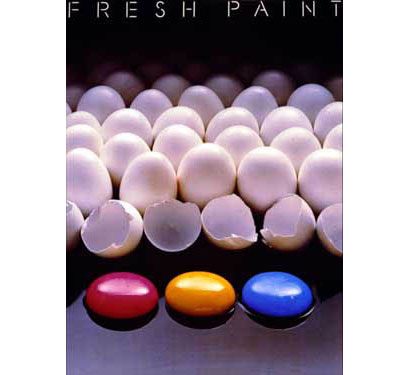
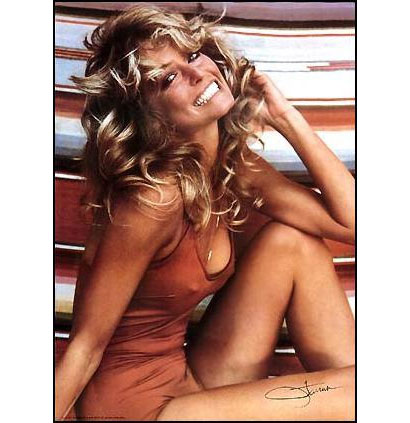

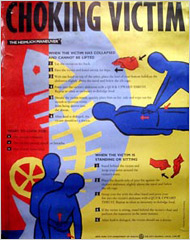



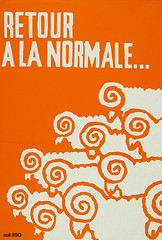
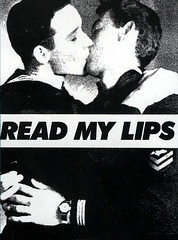
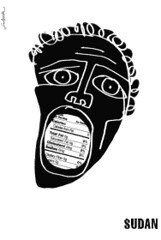






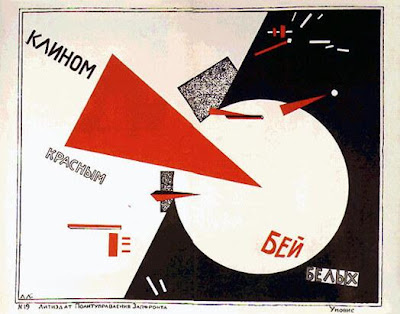





















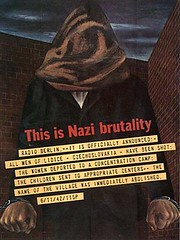
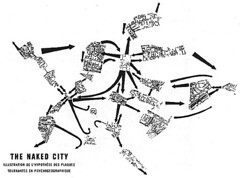

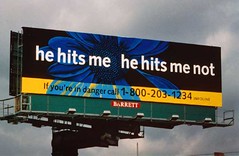
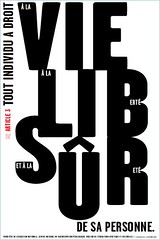
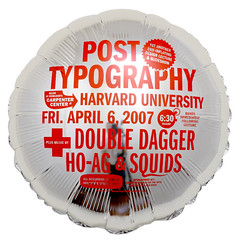
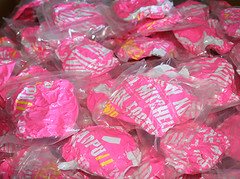







This one might border on being too obvious, but maybe not: what about Milton Glaser's Dylan poster?
On Dec.14.2007 at 11:04 AM